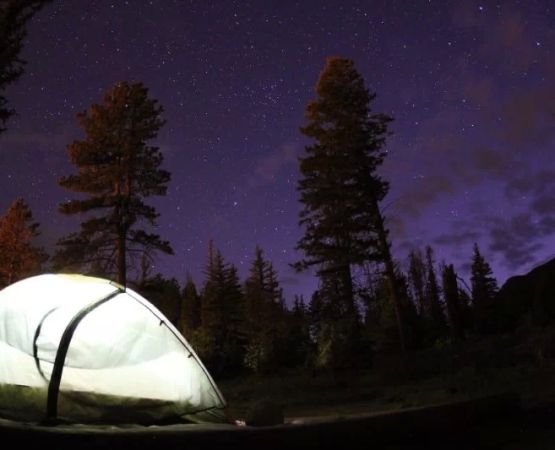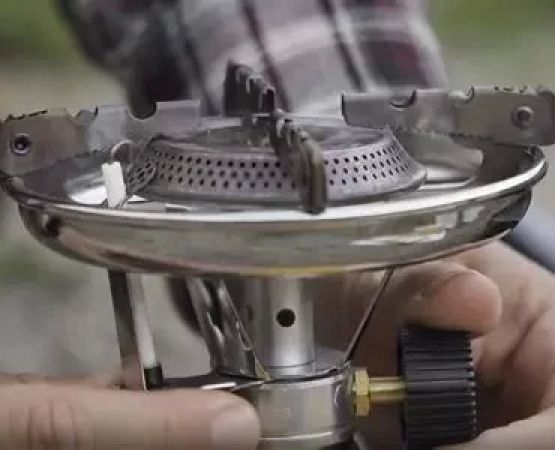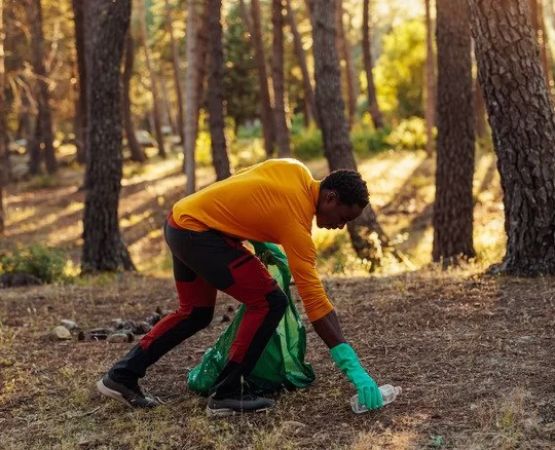Eco-Friendly Camping Tips for Solo Travelers
As a solo traveler, there's something uniquely liberating about venturing into the great outdoors alone. It’s a chance to reconnect with nature, clear your mind, and experience the world at your own pace. But as much as I love spending time in nature, I also want to make sure that my travels are as eco-friendly as possible. Over the years, I’ve learned a lot about how to minimize my environmental impact while camping, and I’d like to share some of these tips with you. Whether you're an experienced camper or a first-timer, these tips will help you enjoy your outdoor adventure responsibly.
1. Choose Eco-Friendly Camping Gear
One of the first things I learned about eco-friendly camping was the importance of choosing the right gear. When I first started camping, I didn’t pay much attention to whether my gear was environmentally friendly. But over time, I realized that many common camping products can have a significant impact on the environment, especially when they end up in landfills. That's why I began investing in eco-friendly camping gear, which is not only better for the planet but also tends to be higher quality and more durable.
1.1 Sustainable Tent and Shelter Options
One of the biggest pieces of gear you'll need is a tent. I started looking into tents made from recycled materials and those that are free of harmful chemicals like flame retardants. Many brands now offer sustainable options that are lightweight, durable, and less harmful to the environment. It’s also important to consider a tent that is designed to last for many years, reducing the need for frequent replacements.
1.2 Reusable Camping Kitchen Gear
For food prep, I switched to using reusable items like a metal or bamboo spork, a collapsible coffee cup, and a solar-powered portable stove. These are small changes, but they add up when you’re camping for an extended period of time. By avoiding single-use plastic and opting for reusable alternatives, I’ve made my camping experiences both more enjoyable and more sustainable.
2. Leave No Trace: Practice Responsible Camping
The Leave No Trace (LNT) principles are the foundation of eco-friendly camping. When I first started camping alone, I didn’t fully grasp the importance of these principles, but I quickly learned that being mindful of my surroundings was crucial. LNT involves taking every measure to minimize your impact on the environment, ensuring that you leave the campsite just as you found it, if not better.
2.1 Pack Out All Trash
It’s essential to bring back everything you bring with you. Over the years, I’ve made it a habit to double-check my campsite to ensure that I didn’t leave anything behind, including cigarette butts, food wrappers, and other small items that are easily overlooked. It's also important to carry trash bags and ensure you have enough space for your waste, including human waste if you're camping in a remote area.
2.2 Minimize Campfire Impact
While campfires are one of the highlights of camping, I’ve learned that they can be harmful to the environment if not managed properly. I started using a camp stove instead of a traditional campfire for cooking, which greatly reduces the environmental impact. When I do have a campfire, I make sure to use only dead, downed wood, which prevents damaging live trees and keeps the fire as small as possible.
3. Stick to Trails and Campsites
Another important aspect of eco-friendly solo camping is sticking to established trails and campsites. While it might be tempting to explore off-trail, doing so can cause erosion and damage fragile ecosystems. I’ve learned that by staying on marked paths and using established campsites, I help protect wildlife habitats and keep the land intact for future generations of campers.
3.1 Avoid Creating New Campsites
In many places, it's tempting to camp somewhere that feels more private or secluded, but creating new campsites damages the land. I always look for already-established campsites or opt for dispersed camping where it’s allowed. This helps reduce the footprint left by human activity and ensures that I’m respecting the natural environment around me.
3.2 Stay on Durable Surfaces
While hiking, I always make sure to stay on durable surfaces like rocks or packed dirt. I’ve learned that walking off the trail can easily lead to vegetation being trampled, which takes years to recover. Sticking to trails and walking on firm ground ensures I’m leaving the environment as untouched as possible.
4. Opt for Solar Power and Energy-Efficient Gear
As a solo camper, I often rely on small electronics like my phone for navigation and emergency communication. Instead of bringing disposable batteries, I invested in solar-powered chargers. I also switched to energy-efficient gear that requires less power. These small changes help minimize my energy consumption while still allowing me to stay connected and safe during my camping trips.
4.1 Solar-Powered Lights
One of my favorite additions to my eco-friendly camping gear is solar-powered lanterns and string lights. They don’t require any disposable batteries, and they provide all the light I need around the campsite. I simply leave them out in the sun during the day, and they’re ready to go at night. This has been a game-changer for me in terms of reducing my energy usage while camping.
4.2 Rechargeable Batteries
For my more power-hungry devices, I use rechargeable batteries. These are perfect for cameras, headlamps, and other small electronics that require regular battery changes. By using rechargeable batteries, I’m able to reduce my reliance on single-use batteries and cut down on waste.
5. Respect Wildlife and Leave It Unchanged
As a solo camper, I’ve had the privilege of encountering wildlife up close, which is one of the reasons I love camping so much. However, I’ve learned that it’s important to respect wildlife by not disturbing them or their habitats. This includes keeping a safe distance, not feeding animals, and storing food properly to avoid attracting wildlife to the campsite.
5.1 Wildlife Viewing Ethics
When I spot wildlife, whether it’s a bird, a deer, or a bear, I make sure to observe from a safe distance. I never try to feed wild animals, as this can disrupt their natural behavior and even cause them harm. It’s also important to secure all food and garbage to prevent animals from scavenging around your campsite.
6. Choose Eco-Friendly Campsites and National Parks
Lastly, when planning my solo camping trips, I make it a point to choose eco-friendly campsites and national parks that prioritize sustainability. Many national parks and eco-conscious campsites have strict environmental policies in place, ensuring that the land remains protected and accessible for years to come. I’ve found that many of these parks also offer opportunities to learn about conservation and how to camp responsibly.
6.1 National Parks with Eco-Friendly Policies
Some of my favorite trips have been to national parks like Yellowstone and Yosemite, where eco-friendly practices are prioritized. These parks focus on maintaining trails, wildlife protection, and waste reduction, which makes them an ideal choice for anyone looking to camp responsibly. By choosing parks that value sustainability, I’m able to enjoy nature while contributing to its protection.






